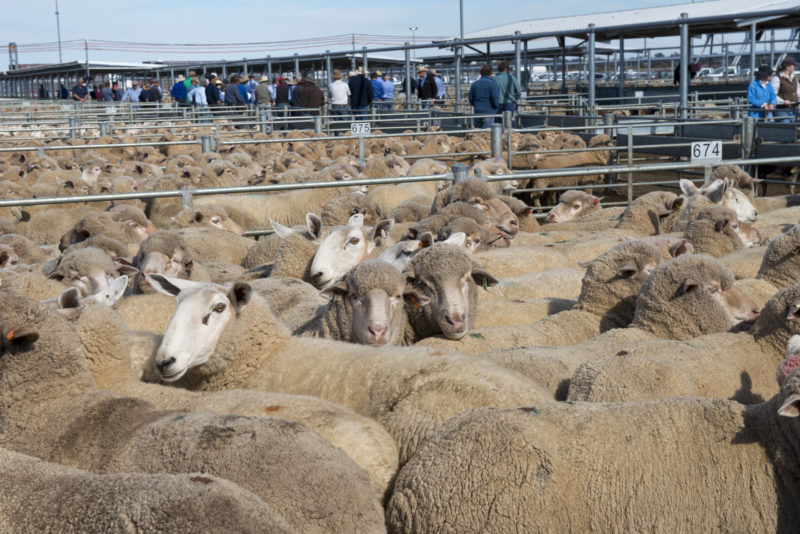Do we need a long moratorium?

The Department of Agriculture is taking submissions until October 28th that will help determine the future regulation of the live sheep export trade, including the proposed moratorium during the northern hemisphere summer.
Analysis of seasonal live sheep mortality rates is presented in Figure 1. It shows the average monthly trend in mortality, the normal range (grey shaded zone) and an extreme boundary (upper and lower red dotted lines).

Traditionally the northern summer period (July to September) can see mortality peak. However, during the 2018 season the trade was suspended during this time resulting in no recorded mortalities from July to October. Interestingly, changes to shipping practices, such as reduced stocking densities, have seen much lower than average mortality rates outside the moratorium period for the later stages of 2018 and the first half of 2019.
Given that the usual peak in mortality occurs during the July to September period we assessed the impact on historic mortality rates for the 2005-2017 period if a moratorium had existed during these seasons.
Figure 2 highlights the rolling 12-month trend in mortality rates which shows the actual historic trend with the trade operating all year, unhindered (green line). Overlaid on the chart is the trend with July to September mortality rates excluded (orange line). Clearly, there is a reduction in mortality rates when the three-month moratorium exists. However, this moratorium comes at a cost to the viability of the industry, the supply chain and regional communities that rely on the trade.
To quantify the magnitude of the reduced mortality rates under the proposed moratorium, and to assess the potential impact of shorter moratorium periods we analysed the average long-term mortality figures based on a range of scenarios – Figure 3.
If you want to have your say on the impact of the moratorium make sure to submit a response to the Department of Agriculture discussion paper on the live sheep export trade here, before the 28th of October deadline.
What does it mean?
During the 2005 to 2017 period when the live sheep export trade operated without a moratorium the long-term average mortality rate was 0.80%, which equates to 400 sheep per shipment of 50,000 head.
Placing a moratorium only during August saw the long-term mortality rate decline to 0.75%, or 375 sheep out of a total of 50,000. A two-month moratorium, during July to August or August to September resulted in a 0.73% mortality rate, or 365 sheep. A three-month moratorium from July to September shows the mortality rate drop to 0.71%, which is the equivalent of 355 sheep out of a shipment of 50,000 head.
In terms of sheep survival, the difference between a one-month moratorium and a three-month moratorium is 20 sheep. The big question for our legislators is what is the cost of a three-month moratorium across the supply chain when you consider shearing teams of ten staff without work for a quarter of the year, small family business transport operators with 25% less work or feed suppliers with 30-40% less revenue?
Key points:
- Changes to shipping practices during the 2018 season have seen live sheep export mortality rates reduce significantly, even accounting for the moratorium periods.
- Long term average sheep mortality rates for the 2005-2017 period when no moratorium was in place were recorded at 0.80%, or 400 sheep out of a shipment of 50,000.
- In terms of sheep survival, the difference between a one-month moratorium and a three-month moratorium is estimated at 20 sheep per 50,000 sent.


